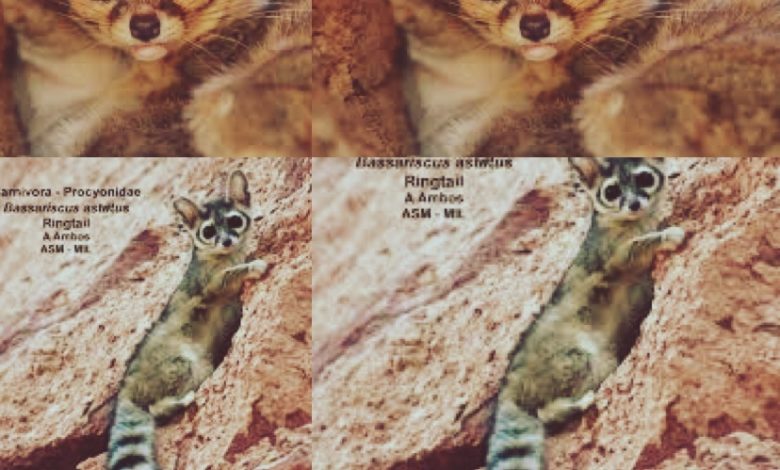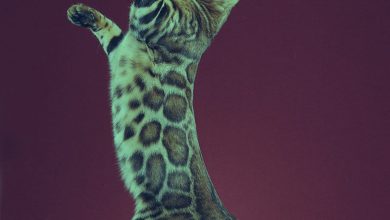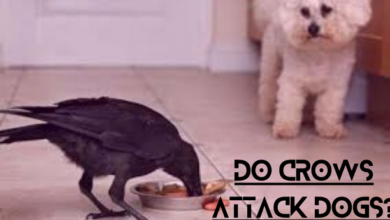Are Ringtail Cats Dangerous?

Ringtail cats, also known as ringtails, are small mammals that are native to North America. They are members of the raccoon family and are known for their long, bushy tails with black and white stripes. While ringtails are generally shy and nocturnal animals, many people are wondering if Ringtail Cats are Dangerous. well In this short blog post, we will explore the topic of ringtail cats and their potential danger to humans and pets. SULLPET
Are Ringtail Cats Dangerous to Humans?
Ringtail cats are generally not considered dangerous to humans. They are shy and usually avoid humans. However, they may defend themselves if they feel threatened or cornered. Ringtails have sharp claws and teeth, which can cause injury to humans. They can also carry diseases, such as rabies, which can be transmitted to humans through bites or scratches.
Introduction to Ringtail Cats
Ringtail cats are about the size of a domestic cat, with a body length of 30-42 cm and a tail length of 31-44 cm. They weigh between 0.5-2.0 kg and have a distinctive appearance. Their fur is soft and grayish-brown in color, with a long, bushy tail that has black and white rings. They have large, dark eyes and a pointed snout.
Ringtails are found in a variety of habitats, including deserts, forests, and rocky areas. They are primarily nocturnal and are most active at night. They are solitary animals and are rarely seen in groups.
Also Read: Are Mushrooms Safe for Cats to Eat?
Physical Characteristics of Ringtail Cats
Ringtails have sharp claws and teeth, which they use to catch their prey. They are skilled climbers and can easily climb trees and rocky cliffs. Their long, bushy tails help them maintain their balance and stability while climbing.
The Behavior of Ringtail Cats
Ringtails are shy animals and usually avoid humans. They are more active at night and are rarely seen during the day. They are generally not aggressive towards humans, but they may defend themselves if they feel threatened or cornered.
Ringtails are primarily carnivorous and feed on a variety of prey, including insects, rodents, reptiles, and birds. They also eat fruit and nuts.
Also Read Are Bengal Cats Hypoallergenic?
Ringtail Cats and Pets: Potential Risks
Ringtails may pose a risk to pets, especially small dogs and cats. They are skilled climbers and can easily climb over fences and walls to access yards and gardens. They may attack small pets if they feel threatened or if they view them as prey.
What to Do if You Encounter a Ringtail Cat
If you encounter a ringtail cat, it is important to stay calm and avoid approaching the animal. Ringtails are shy and will usually run away if they feel threatened. If you encounter a ringtail cat in your yard or garden, you can try to scare it away by making noise or using a water hose.
To prevent ringtail cat encounters, it is important to secure your property. This may include installing fences or walls to prevent access to yards and gardens. It is also important to secure trash cans and compost bins, as ringtails are attracted to food scraps.
Also Read: Can Cats Drink Chocolate Milk? Understanding the Risks
Legal Status of Ringtail Cats as Pets
Ringtail cats are not legal to own as pets in all states. In some states, they may only be owned with a permit or license. It is important to check with your local authorities before owning a ringtail cat as a pet.
Conservation Status of Ringtail Cats
Ringtail cats are listed as a species of least concern by the International Union for Conservation of Nature (IUCN). However, they are protected in some states, and their populations may be threatened by habitat loss and fragmentation.
Frequently Asked Questions about Ringtail Cats
1. Are ringtail cats dangerous to humans?
As mentioned earlier, ringtail cats are generally not considered dangerous to humans. However, they can defend themselves if they feel threatened, and their sharp claws and teeth can cause injury.
2. Can ringtail cats be kept as pets?
Ringtail cats are not legal to own as pets in all states. In some states, they may only be owned with a permit or license. It is important to check with your local authorities before owning a ringtail cat as a pet.
3. What do ringtail cats eat?
Ringtail cats are primarily carnivorous and feed on a variety of prey, including insects, rodents, reptiles, and birds. They also eat fruit and nuts.
Are Ringtail Cats Dangerous to Humans?
Ringtail cats are generally not considered dangerous to humans. They are shy and usually avoid humans. However, they may defend themselves if they feel threatened or cornered.
Ringtails have sharp claws and teeth, which can cause injury to humans. They can also carry diseases, such as rabies, which can be transmitted to humans through bites or scratches.
To prevent ringtail cat encounters, it is important to secure your property. This may include installing fences or walls to prevent access to yards and gardens. It is also important to secure trash cans and compost bins, as ringtails are attracted to food scraps.
Conclusion
Ringtail cats are fascinating creatures that are native to North America. While they may appear to be dangerous due to their sharp claws and teeth, they are generally not considered a threat to humans. However, they may pose a risk to small pets, and it is important to take steps to prevent encounters with these animals.
If you encounter a ringtail cat, it is important to stay calm and avoid approaching the animal. By understanding these animals and taking steps to prevent encounters, we can coexist peacefully with this unique and interesting cr




